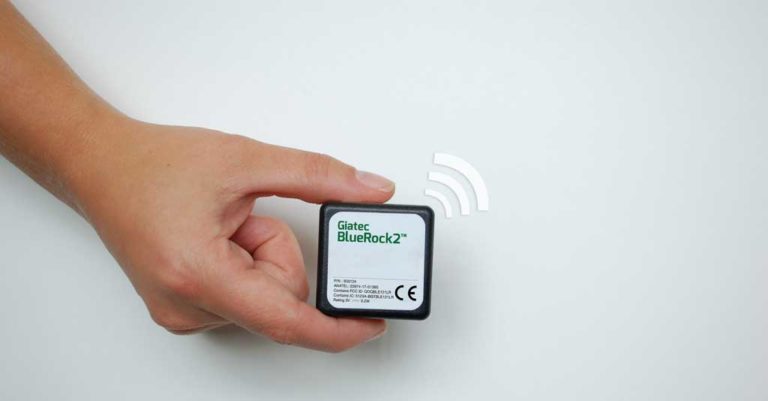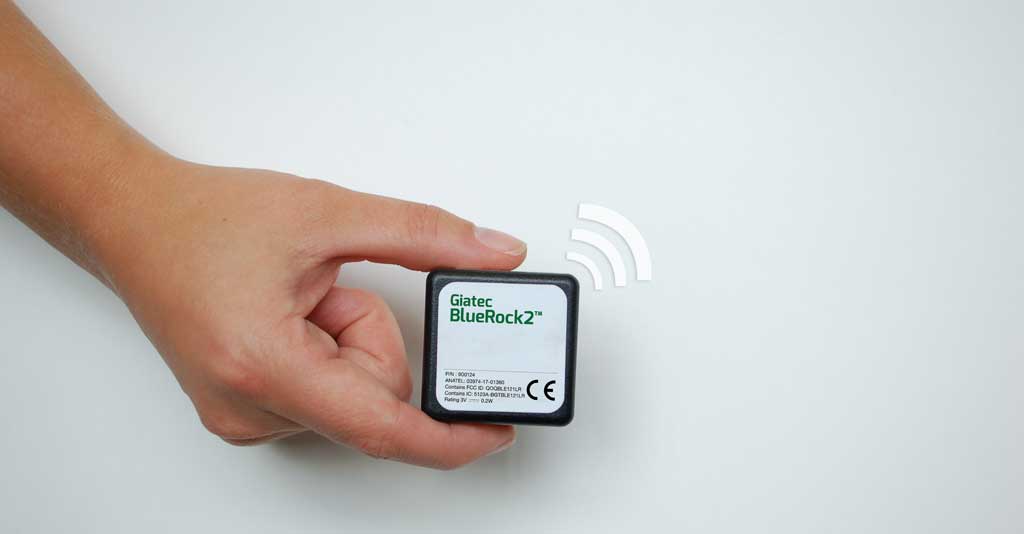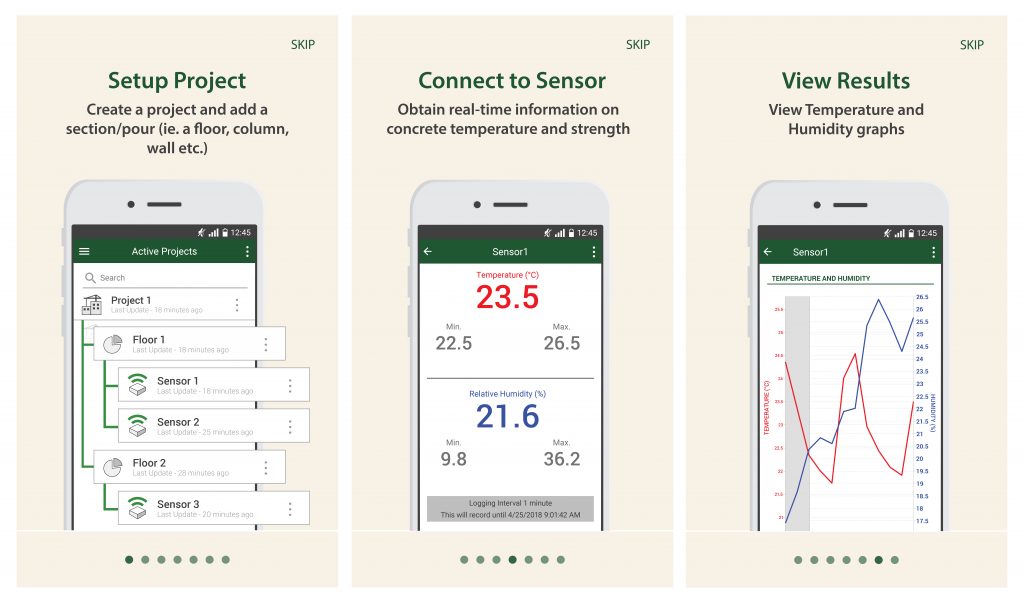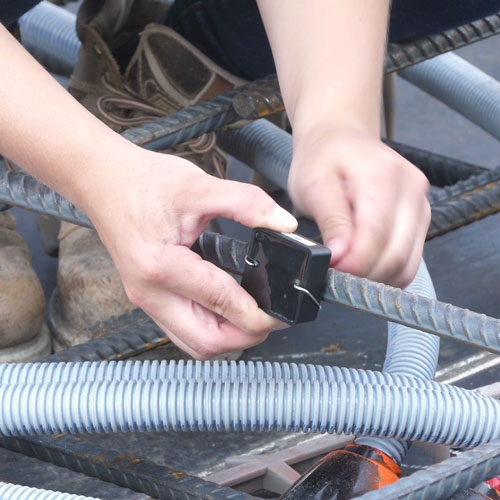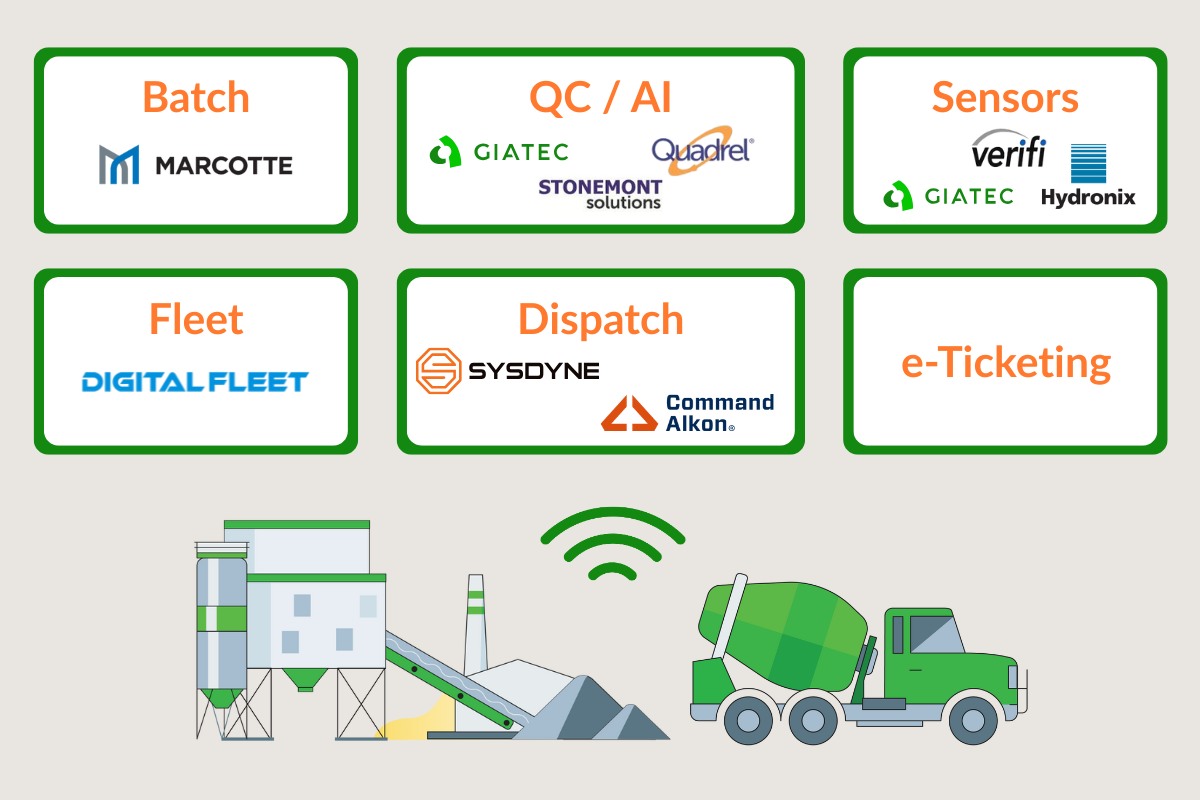One of the most essential processes, which is rarely talked about in the application of flooring, is the importance of monitoring relative humidity (RH), moisture levels, and the moisture evaporation rate of your concrete floor. Proper measuring of these properties will help you avoid recurring and costly failures. If flooring is installed too early, an excess of moisture is trapped inside the concrete. The water vapor will then try to evaporate, leading to pressure buildup in the concrete below the flooring which can cause curling, gaping, cracking, or bubbling of your flooring materials.
Explore 12 Futuristic Technology Trends Solving Concrete's Biggest Challenges.
Learn more about relative humidity and sources of moisture in concrete Here
Resilient flooring, in particular, accounts for about 3 billion square feet (or 17%) of the US flooring market (Floor Covering News). From the 1940s to today, many contractors have relied on surface-based methods for monitoring or evaluating the humidity levels and moisture content. This includes anhydrous calcium chloride (CaCl) testing, the hood method, the plastic sheet method, and the use of hand-held moisture meters. However, with these techniques, moisture is only measured at or near the surface of the concrete, and RH levels within the slab are not taken into consideration. These testing methods therefore do not give a reliable and accurate assessment of the moisture and relative humidity levels of the slab.
Probes and wired sensors are in-situ methods used to obtain accurate RH readings from fresh to hardened stages, according to ASTM F2170. However, these methods require you to drill holes into your slab, affecting the aesthetics and integrity of your flooring. In addition, drilling a hole in the concrete floor would change the flow of moisture, affecting the accuracy of RH measurements. That is why we have created BlueRock™, the most advanced wireless relative humidity and temperature sensor on the market.
Guarantee a level floor with continuous relative humidity monitoring
BlueRock™ is fully embedded in your concrete (secured on the rebar) to measure internal RH and temperature variations overtime. Unlike current time-consuming methods that measure only one data point at the time of testing, this wireless sensor continually collects data. This information can be used for quality control and quality assurance purposes, allowing you to optimize the time in which you place your floor covering material. It also helps monitor:
- Drying levels in concrete floors,
- Effectiveness of curing conditions,
- Optimization of flooring installation,
- Water penetration in concrete, and
- Relative humidity gradients.
What sets BlueRock™ apart from other RH and temperature sensors?
- Fast assessment and real-time results: BlueRock is equipped with wireless technology that sends RH and temperature data in real-time directly to your smartphone or tablet.
- Non-destructive testing capabilities: Unlike other concrete testing methods, this wireless sensor does not rely on destructive techniques to obtain accurate data, such as drilling a hole in concrete.
- Customizable measurement intervals: Decide how often you want RH measurements taken by setting your device to record sensor data anywhere from every few minutes to every couple of hours.
- Free BlueRock app: Available for both Android and iOS on any smart device.
- Shareable reports: BlueRock users can generate full reports in PDF and CSV formats and share with any team members.
- Easy installation: Installing the BlueRock device is as easy as tying the wires together around the rebar before pouring, fully embedding the sensor in concrete.
- Long battery life: BlueRock is equipped with a long-lasting battery that can measure up to two years of data.
*Editors Note: This post was originally published in May 2018 and has been updated for accuracy and comprehensiveness.
